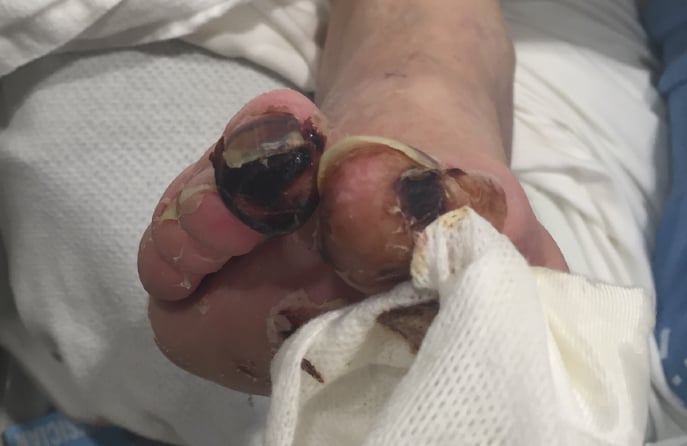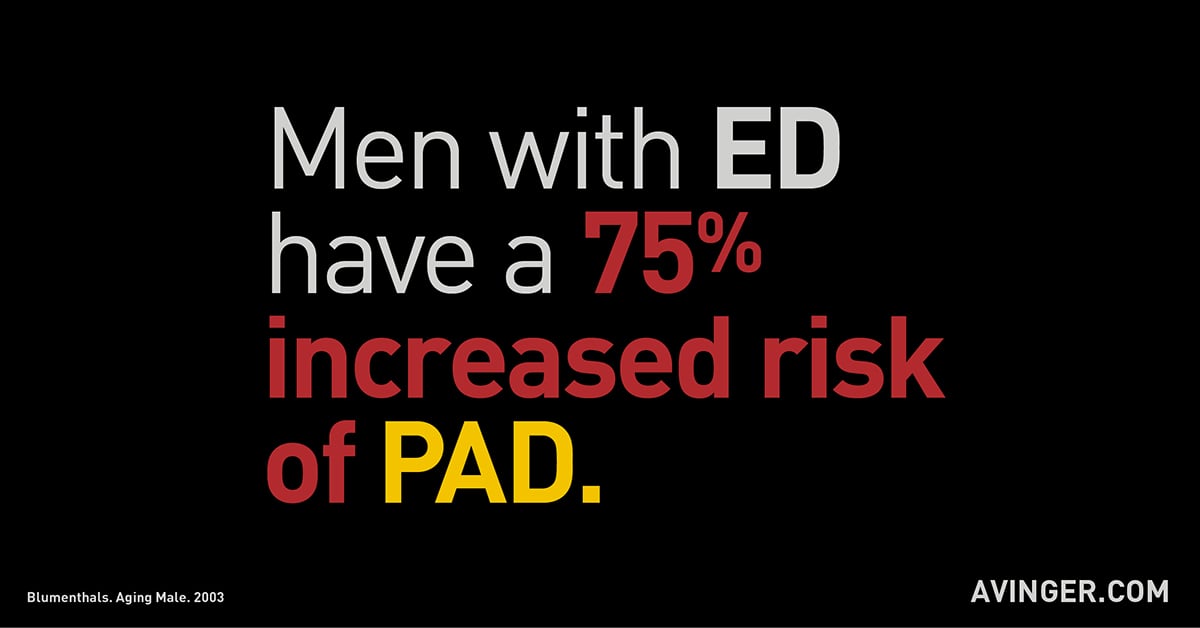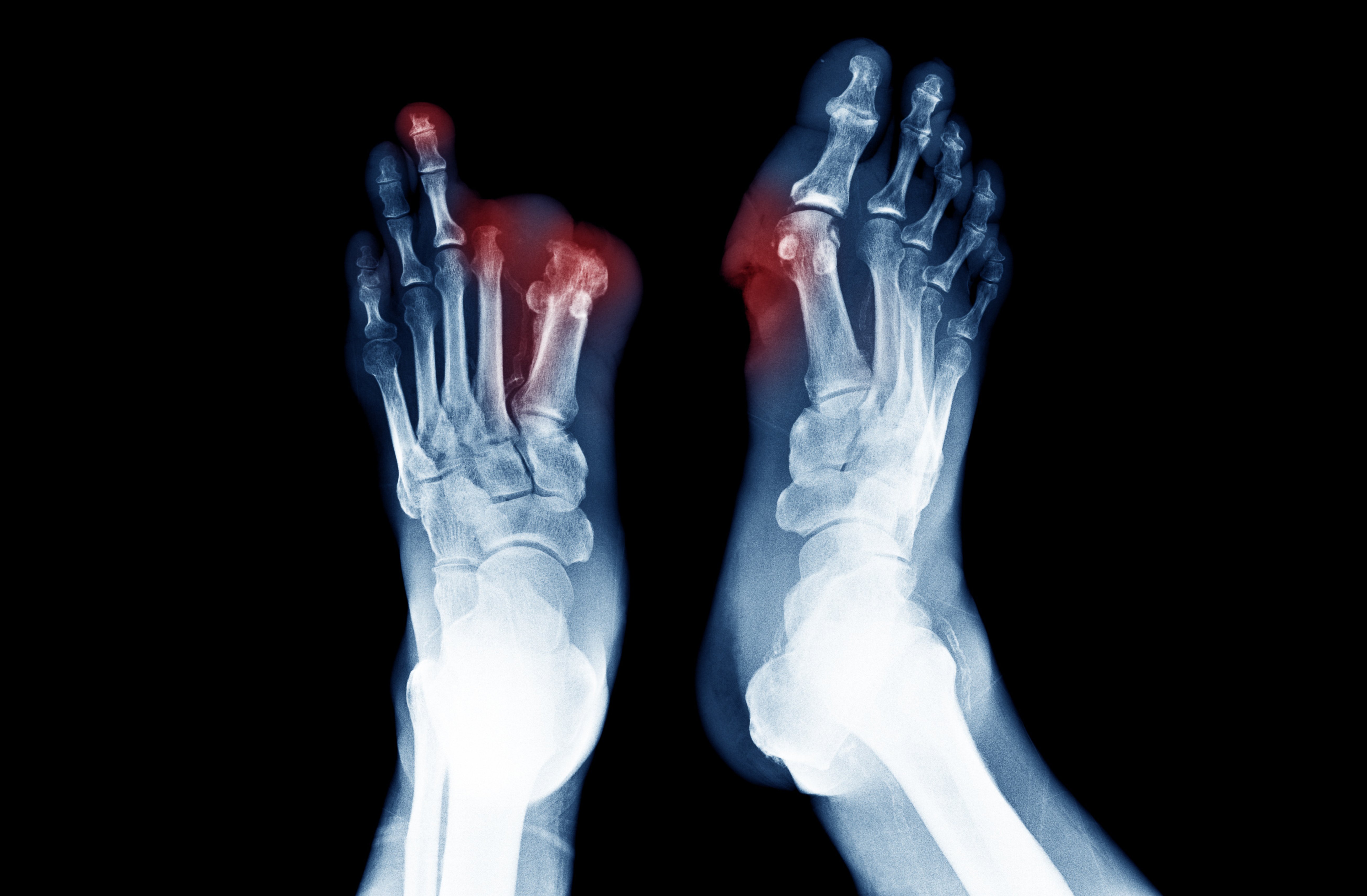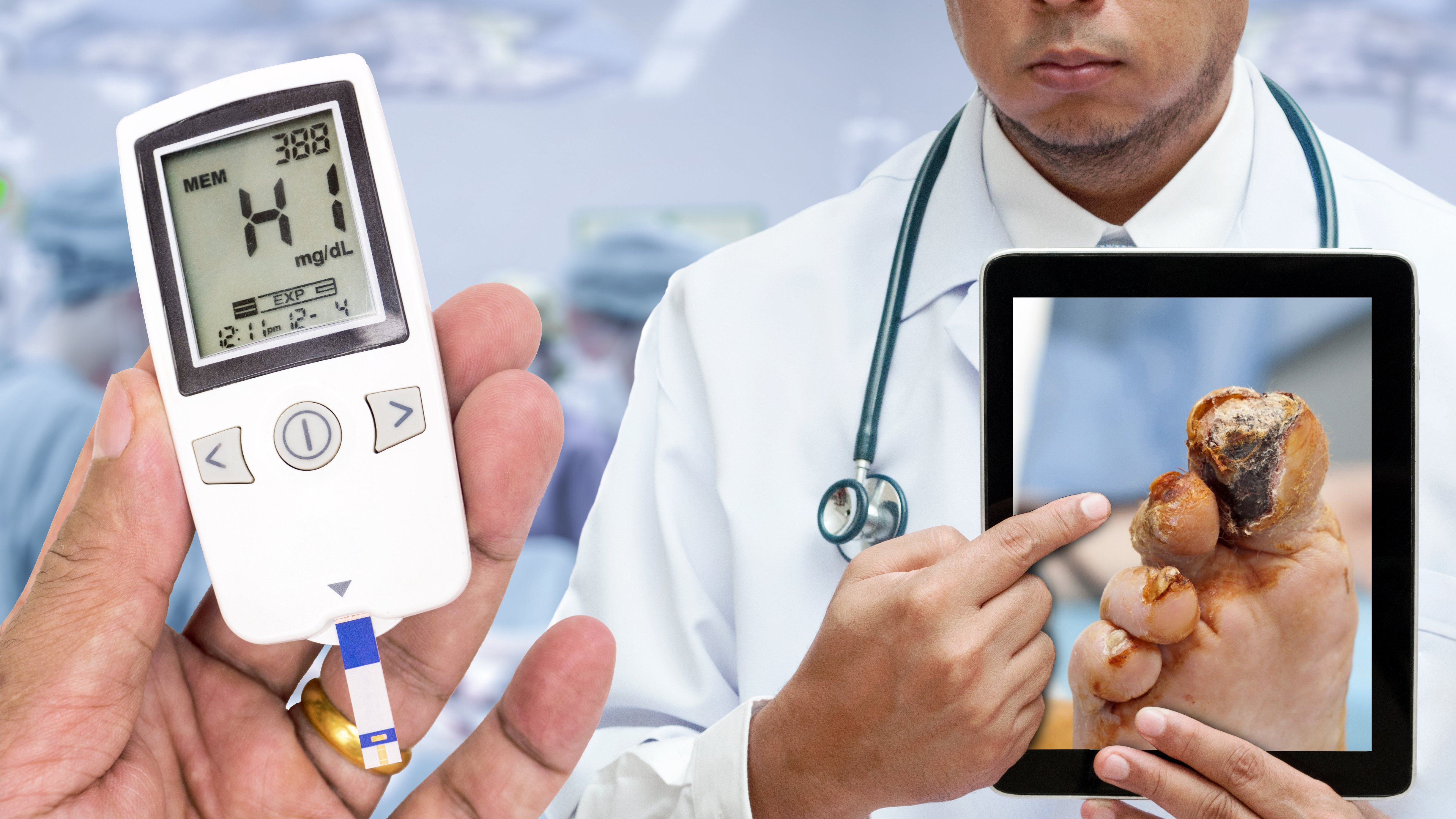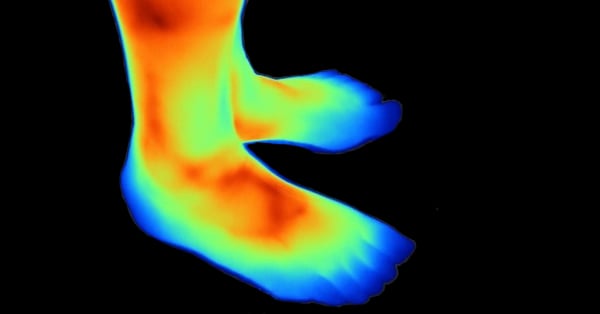Topics: Peripheral Artery Disease, Lumivascular, Poor Circulation, African Americans
Researchers Quantify the Lifetime Risks of Developing Peripheral Artery Disease Based on Race

A study out of Johns Hopkins Bloomberg School of Public Health found that lifetime risk is based on races and different races have shockingly different risk levels. For example, 30% of black men and women are estimated to develop PAD during their lives. However, only 20% white and Hispanic men and women are estimated to develop Peripheral Artery Disease.
Peripheral Artery Disease: Is Race a Factor?
While current clinical guidelines for PAD don’t include race as a factor, this study found that race does, in fact, effect a person’s likelihood of developing Peripheral Artery Disease in their lifetime.
In addition to race, other risk factors like age are also one of the top predictors of Peripheral Artery Disease. While black men have prevalence rates of developing PAD at 30%, black women have a prevalence rate of 27.6%.
Just some of the other risk factors for PAD include smoking, diabetes, and a history of cardiovascular disease.
Symptoms of Peripheral Artery Disease
The primary symptoms of Peripheral Artery Disease is intermittent claudication (leg pain) and non-healing foot wounds. Intermittent claudication describes the pain and cramping in the legs that happens during exercise and goes away after rest. The most common spot for intermittent claudication is in the calf muscle of the leg, which creates pain in the calf or leg while the patient is walking.
Non-healing wounds in the feet can be a sign of diabetic foot. Poor Circulation in the legs and feet can significantly reduce healthy blood need for healing. In some cases, gangrene can develop as tissue dies due to lack of blood flow.
The common factor in both leg pain and non-healing wounds is plaque buildup in the arteries of the leg.
Restoring blood flow to the legs and feet is of primary importance when the symptoms of PAD diminish one’s ability to function or put a limb at risk of amputation.
How Do You Treat Peripheral Artery Disease?
Restoring blood flow with a Lumivascular Atherectomy has been shown to be safe and effective in people with peripheral artery disease.
Unlike using a balloon or stent that only squish the plaque to the side, an atherectomy removes the plaque from the artery. Many people are choosing a Lumivascular Atherectomy option because it allows a doctor to see inside of your arteries as they remove plaque that’s obstructing healthy blood flow. Additionally, the added vision lets a doctor go into arteries and safely remove diseased tissue and plaque without harming any of the healthy tissue.
If you or a loved one is demonstrating the symptoms of PAD and you have risk factor such as diabetes, smoking or high blood pressure, you should consult your doctor. If you are diagnosed with Peripheral Artery Disease want to improve the blood flow in your arteries, talk to your doctor and see if a Lumivascular atherectomy may be the best option for you.
Take Action:
- Learn more about Lumivascular atherectomy
- Find a Lumivascular doctor in your area
Helpful Resources
- Diabetes and Amputation: A Matter of Life and Limb
- 14 Fast Facts About Diabetic Foot Disease and Peripheral Artery Disease
If you have found this article helpful, please don’t forget to share!
References:
- Johns Hopkins Bloomberg School of Public Health. Sept. 10. 2019. https://www.jhsph.edu/news/news-releases/2019/peripheral-artery-disease-risk-hinges-on-health-factors-and-demographics-including-race.html Accessed: Jan 15, 2020.

